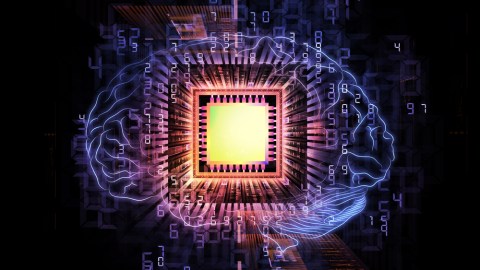IBM’s Brain-Mimicking Chip Has 256 Million “Synapses”

What’s the Latest?
IBM has created a computer chip that mimics the functioning of the human brain, opening wider the possibility for a vast Internet of Things. Such a network would consist of a variety of machines, from refrigerators to industrial equipment, that could measure data and report their results to a central aggregator. The new IBM chip, dubbed True North, has 4.5 billion transistors woven onto 4,096 “neurosynaptic cores” which creates the equivalent processing power of 256 million synapses. When IBM stitches 16 of these chips together, the resulting power offers the equivalent of 16 million neurons and 4 billion synapses.
What’s the Big Idea?
While the brain-mimicking chip is extremely powerful, it is not meant to replace the standard processor. What sets it apart is its ability to work on different lines of computation simultaneously, like the brain does, rather than in a linear fashion (to which current processors are quite well-suited–far better than the brain, in fact). The chip is also very efficient like the brain, requiring very little power—”only 70mW during typical operation, which is an order of magnitude lower than what standard processors would require to execute the same operations.”
Read more at PC World
Photo credit: Shutterstock





